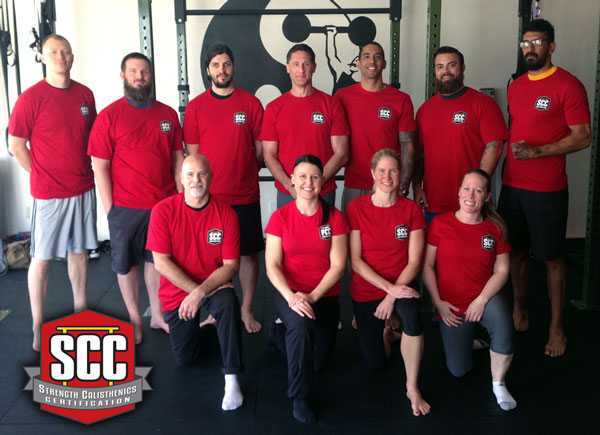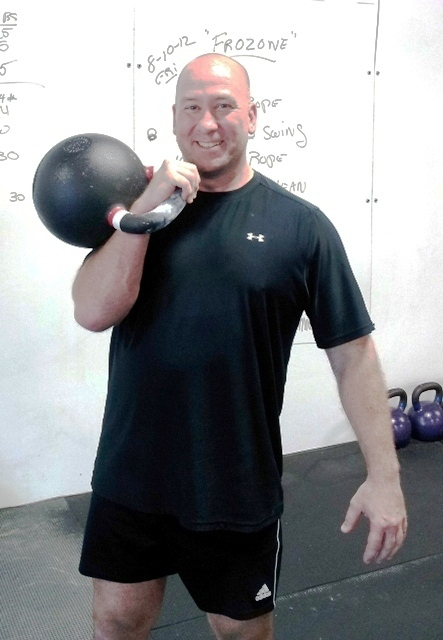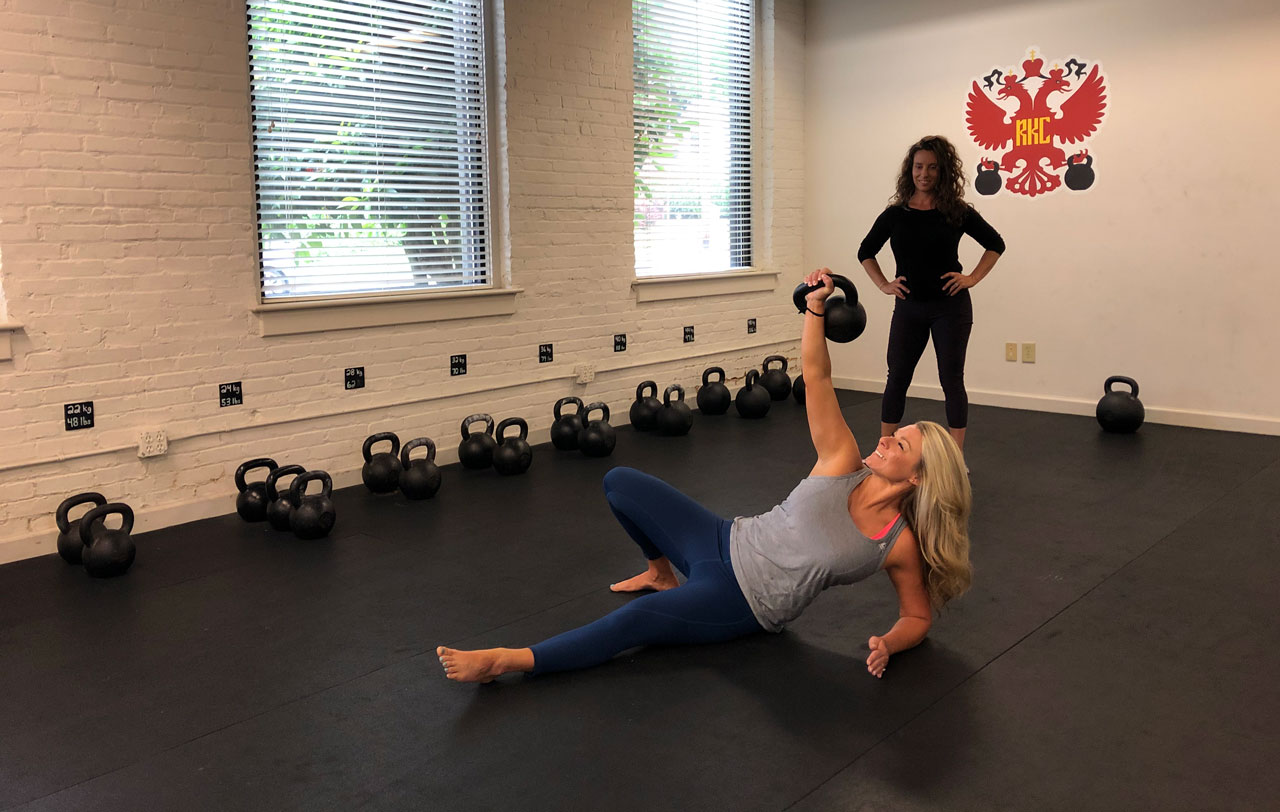
The gym business has always been a tumultuous one. At the end of the day, we are dealing with clients who are only human. They get down on themselves. They fight with self-doubt. They lose faith. They struggle with developing self-discipline. And most have never had someone in their corner. So, gaining and keeping clients has always been a challenge for gym owners.
Now, let’s add a pandemic, business closures, political turmoil, a weakened economy, and you have a recipe for a super charged/super stressed population. Unfortunately, most humans retreat when times get tough. We turn to food, alcohol, prescription drugs, illegal drugs, and we turn away from training our bodies. We turn away from striving to be stronger versions of ourselves.
We stop putting ourselves first. We stop seeing our physical and mental health as a priority. We stop seeing it as something worth investing in. We stop viewing that investment of time & money in our bodies as a necessity. With all of these human flaws and road bumps, how can a gym owner like myself continue to be successful in this chaotic and stressful time?
In a volatile environment, how can a personal trainer attract people into a regular training program and create a small sense of normalcy for them?
Our people need us now more than ever, but how can we as gym owners keep the fires burning during a time when people are so scared? If 2020 has taught me one thing, it’s that my personal relationship with my clients is what is keeping my doors open.
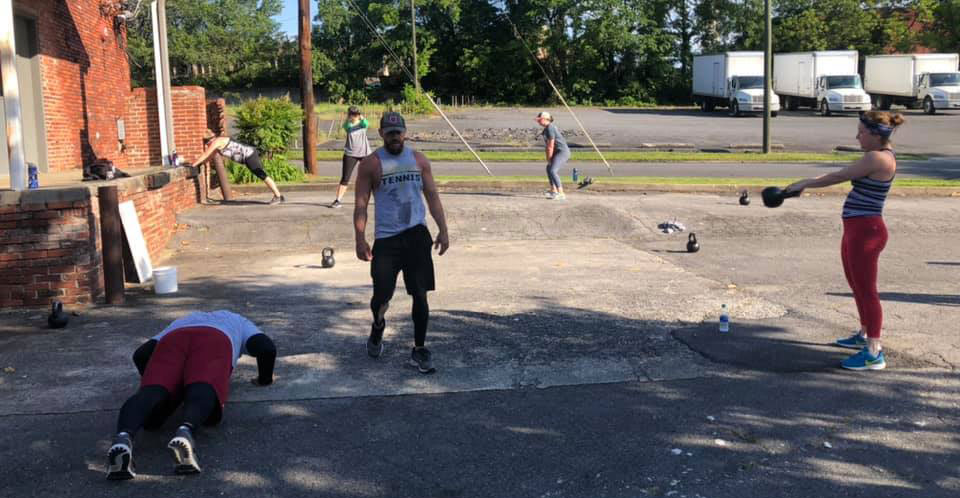
As gym owners, we MUST:
INVEST
To be blunt, a business owner has to make money. At the end of the day, we have to pay the light bill. However, in order for that to happen you have to be willing to INVEST. You have to invest your time. You have to invest a big part of yourself. You have to invest your energy. You have to invest a piece of yourself into every soul who walks through your door.
Your clients are trusting you with their most valuable commodity… their health. So, if you aren’t willing and able to invest in them… why should they be willing to invest in themselves?
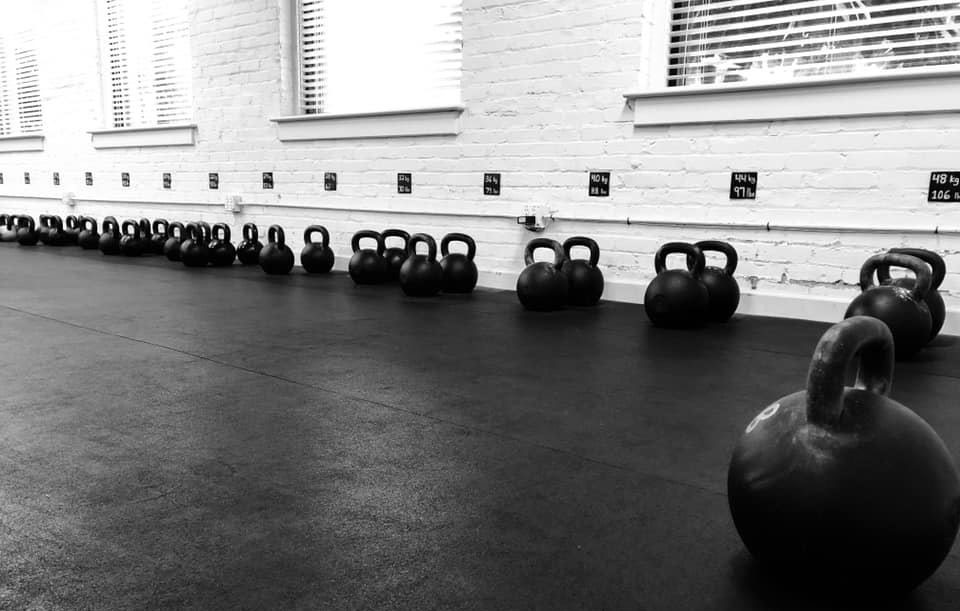
CONNECT
You have to connect with people. That doesn’t mean you have to agree with them on everything under the sun, or want to hang out with them on weekends. It simply means that you have to be willing to get to know them. Find out what makes them tick. Discover their likes and dislikes. What motivates them? What scares them?
If you train someone with social anxiety and you call them out in a group training class, they might not come back. You may train someone who LOVES attention, but because they don’t receive any praise at home or at work…you complimenting them on a job well done might be just what they need to fill them up. Our business is as much about connecting to people than it is about teaching them how to lift.
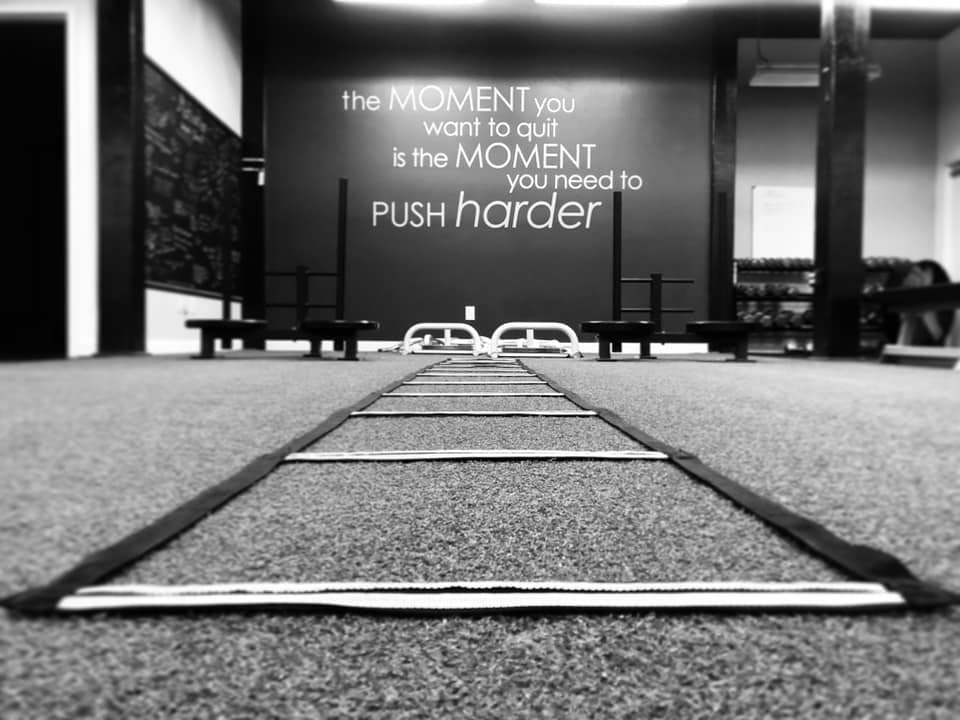
ENERGY
“You can’t pour from an empty cup.” As someone who has to invest so much of themselves into their people on a daily basis, it is very easy to feel empty at the end of the day. You must find ways to recharge your own batteries so that you can be your best for the people coming to you for help. Your energy, good or bad, will drive theirs. Sounds like too much pressure? Well tough. You might just be in the wrong business if that sounds too difficult. But for those of you who are ready to accept the challenge, you MUST replenish your own energies first.
What do I mean by replenishing your energy? I am what you may call an “introverted extrovert”. Basically, I enjoy being around my people, but I HAVE to recharge by being alone. I LOVE being around my clients. I LOVE working with them and watching them get stronger. But working with 100+ clients on a daily basis absolutely drains my energy. I HAVE to find moments in each day to refill my energy tank so to speak. Here are some ways I do that:
- turn the lights off and turn the music off in the gym once a day and close my eyes for 10 min. I simply lay in the floor, close my eyes, and enjoy the silence.
- I only respond to messages certain times of the day and those times are scheduled on my calendar. I REFUSE to allow my phone to dictate my life. I am in control of my schedule and I will NOT allow a “smart” phone to be my boss. I am in control. Say that again to yourself… “I am in control.”
- I always, always make time for myself to train even if that means turning down personal training appointments. I have a set time I workout and I never cancel that appointment. How can I inspire others to put their health first if I do not treat my own health with the upmost importance?
- Walk outside and get some fresh air. Sometimes I feel like Superman. I get recharged and gain strength from the sunshine.
- Grab a coffee at my favorite coffee shop and sit by myself.
- Read something other than news.
- Listen to instrumental/classical music when I train, when I write, when I am cleaning, etc… there is already too much noise in the world.
- Sit outside in the evening and watch the sunset even if it is only for 5 minutes (I seriously do this every night when my kids don’t have extracurricular activities).
- Practice yoga. While my schedule doesn’t currently allow me to attend sessions with my yoga instructor, I practice what she has taught me at least 10 to 15 minutes per day. These small sessions with myself have benefited me in so many ways. That sounds like a good topic for another article!
- Leave my phone in my bedroom when I am at home so that my kids have my full attention… my clients have been with me all day. They can wait.
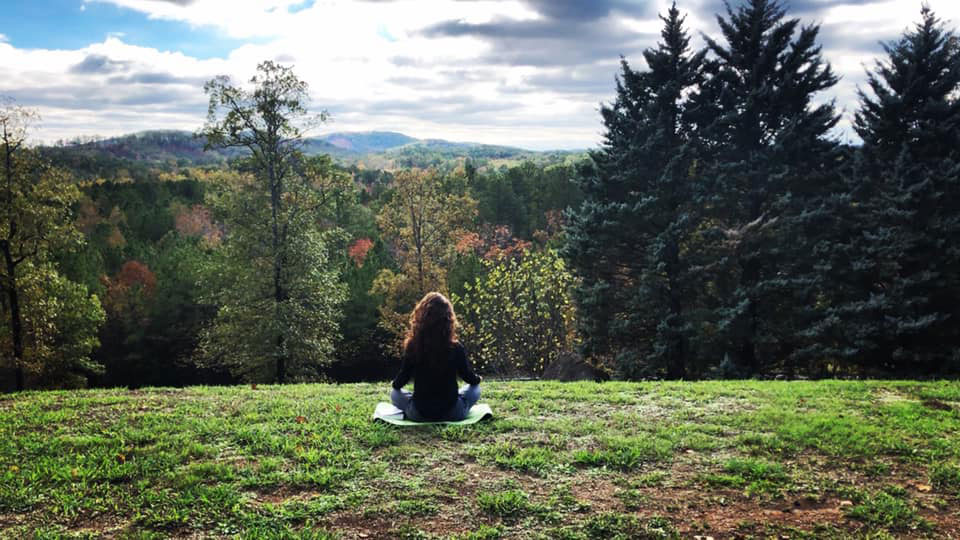
LONGEVITY
I don’t know what tomorrow holds. I don’t know if people will continue to train with me, or if they will retreat back inside of their homes, scared of a virus that supposedly runs more rampant in gyms than other places. But, I have never left my successes or failures to a political figure. I don’t wait for others to tell me what and how to do something. I have goals I aim to achieve and I make plans to make them a reality. Regardless of what is going on in this crazy world, I have to make my own path.
I have hard days. I have months where I get scared when I see that my revenue is down from previous months. I also realize that some gym owners live in areas where they have been told they cannot legally operate and are being forced to close. I expect to see more closures coming my way as well. But time and time again, I have visualized how I want my business and my future to look, and I make it happen.
Whether it’s a change of business model, whether it’s more workouts outdoors, whether it’s training people online, whatever “it” looks like in the future, I am passionate about my role in my client’s lives and theirs in mine. I know I have built a business that is more than these brick walls. I am building a community of physically and mentally strong people. My gym is so much more than a brick and mortar building. My gym is and will continue to be my family. And I always fight hard for my family.
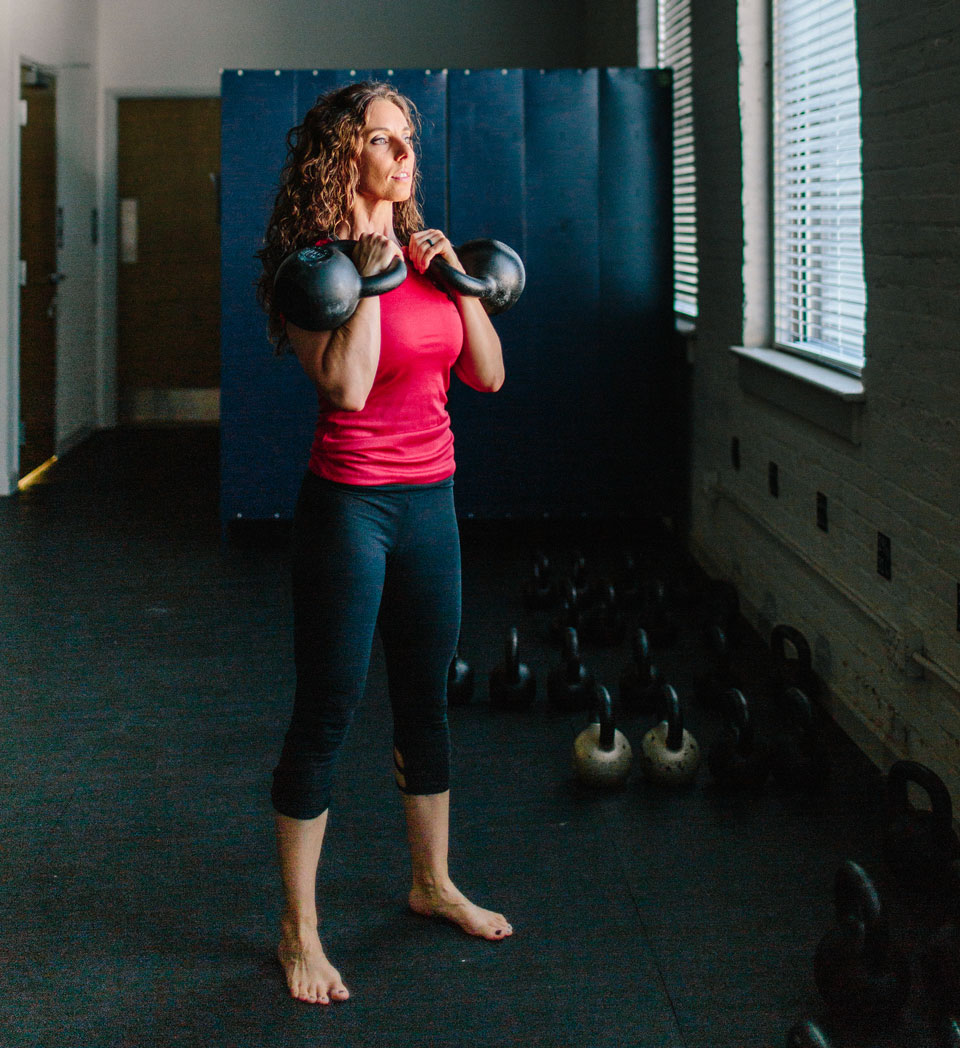
***
Kristy is a Senior RKC and PCC Instructor with Dragon Door. She also owns and operates KA Athletics in Rome, GA where she is joined by her husband, Joe Agan (PCC, RKC, HKC) and Donna Martin (RKC, HKC).
You can follow Kristy on Instagram & Twitter @kristyagan and Facebook @Kristy.Agan.Trainer. And don’t forget to follow KA Athletics on Facebook, Instragram, and Twitter @ka_athletics to stay updated on gym events.
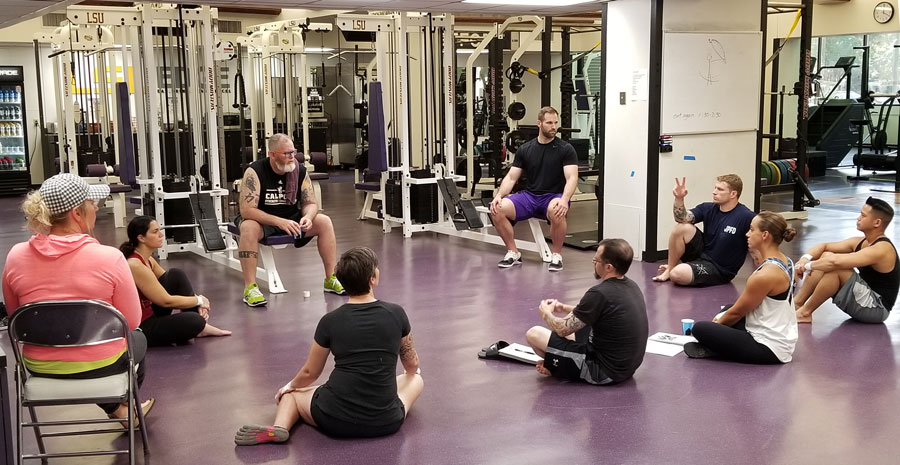
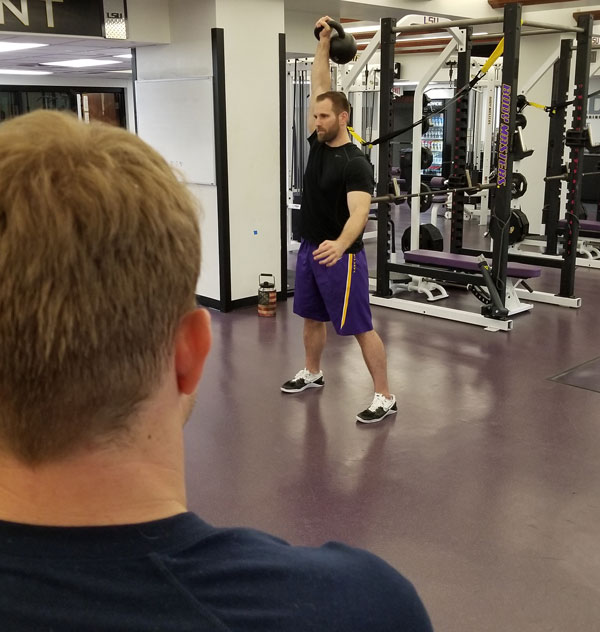
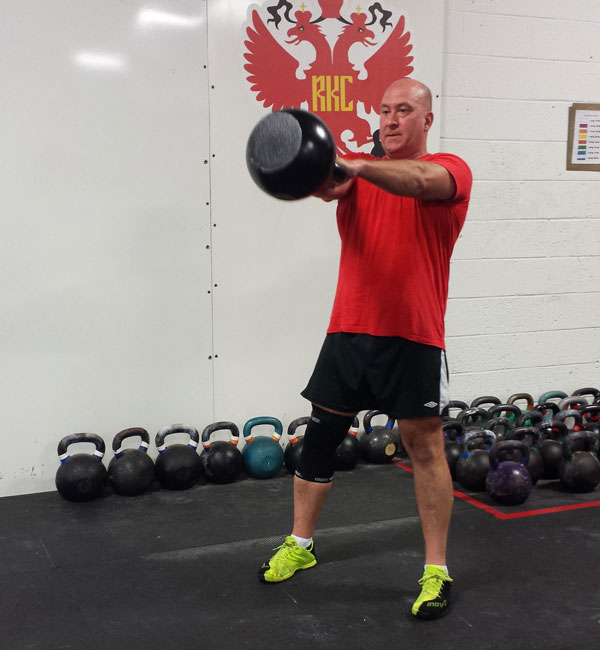
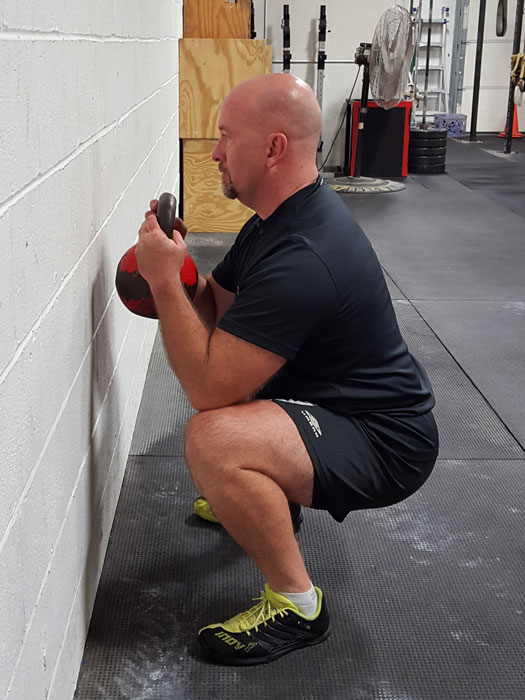 The goblet squat is the foundational grind in Hardstyle kettlebell training. Squatting, while a basic human movement pattern, has become a difficult competency for most people of ANY age. Training with weight machines and avoiding the movement altogether has only exasperated the problem. The goblet squat will help restore lost functionality in those who currently don’t squat and will create a new baseline for those who are currently training with squats.
The goblet squat is the foundational grind in Hardstyle kettlebell training. Squatting, while a basic human movement pattern, has become a difficult competency for most people of ANY age. Training with weight machines and avoiding the movement altogether has only exasperated the problem. The goblet squat will help restore lost functionality in those who currently don’t squat and will create a new baseline for those who are currently training with squats.